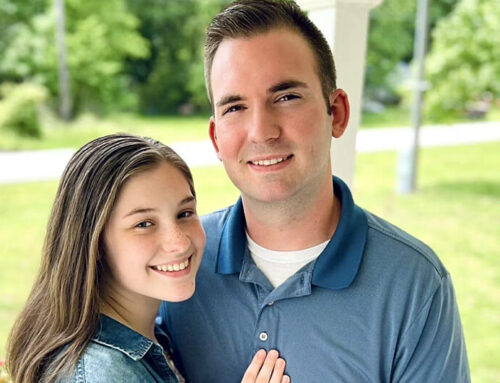by Peter Suciu
Published:December 29, 2021
-National Interest
The state of Maryland prohibits the possession, sale, offering of sale, transfer, purchase, receipt, or transportation into the state of a so-called “assault weapon.” Maryland’s definition includes pistols, long guns including the AR-15, and similar modern sporting rifles. Ownership of such items has been restricted since the passage of the Firearms Safety Act of 2013. Restrictions were also placed on detachable magazines with a capacity larger than ten rounds.
However, the law did grandfather in firearms possessed by Maryland residents as of October 1, 2013.
There have been several challenges to the law, and this month, the Second Amendment Foundation (SAF) and Citizens Committee for the Right to Keep and Bear Arms (CCRKBA) petitioned the Supreme Court of the United States (SCOTUS) for review of their challenge to Maryland’s ban on modern semiautomatic rifles.
The case (Bianchi v. Frosh) is named for three private citizens in the suit: Micah Schaefer, David Snope and Dominic Banchi. They are joined by SAF, CCRKBA, Field Traders, LLC, and the Firearms Policy Coalition. The plaintiffs are represented by David H. Thompson, Peter A. Patterson, and John D. Ohlendorf with Cooper & Kirk, PLLC in Washington, D.C., Raymond M. DiGuiseppe at the DiGuiseppe Law Firm, P.C. in Southport, N.C., and Adam Kraut, FPC in Sacramento, Calif.
The question presented in the thirty-nine-page brief read, “Whether the Constitution allows the government to prohibit law-abiding, responsible citizens from protecting themselves, their families, and their homes with a type of ‘Arms’ that are in common use for lawful purposes?”
The brief also explains that Maryland’s ban “singles out for special disfavor not a recognized type of firearm, but certain features included on some firearms. That makes Maryland’s law particularly irrational, since most of the features it bans actually serve to make the firearms on which they are included safer.”
Further, the brief observes, “In truth, the odd assortment of firearms Maryland calls ‘assault weapons’ are mechanically identical to any other semiautomatic firearm—arms that, as no one disputes, are exceedingly common and fully protected by the Second Amendment.”
The plaintiffs have also noted that District of Columbia v. Heller in 2008 affirmed that the Second Amendment protects an individual right to keep and bear arms.
“We are pursuing this case because it is long past time for the Supreme Court to put an end to the legal gymnastics that have been used to uphold what amounts to an unconstitutional prohibition of semiautomatic firearms,” said SAF founder and executive vice president Alan Gottlieb.
“Lower courts have perpetuated such bans based on whatever logic they can conjure up to justify their decisions,” Gottlieb added. “The Second Amendment is not going to disappear, and questions about what arms are protected need to be answered. You cannot allow guns to be banned based on cosmetics or what color they are.”
In November, SCOTUS heard arguments in its first major gun case in more than a decade. New York State Rifle & Pistol Association v. Bruen could declare a New York state restriction on carrying a concealed handgun in public places unconstitutional. The ruling is expected by mid-2022.
In 2008, the highest court in the land ruled for the first time that the Second Amendment right to keep and bear arms grants individuals the right to keep a gun at home for self-defense.




